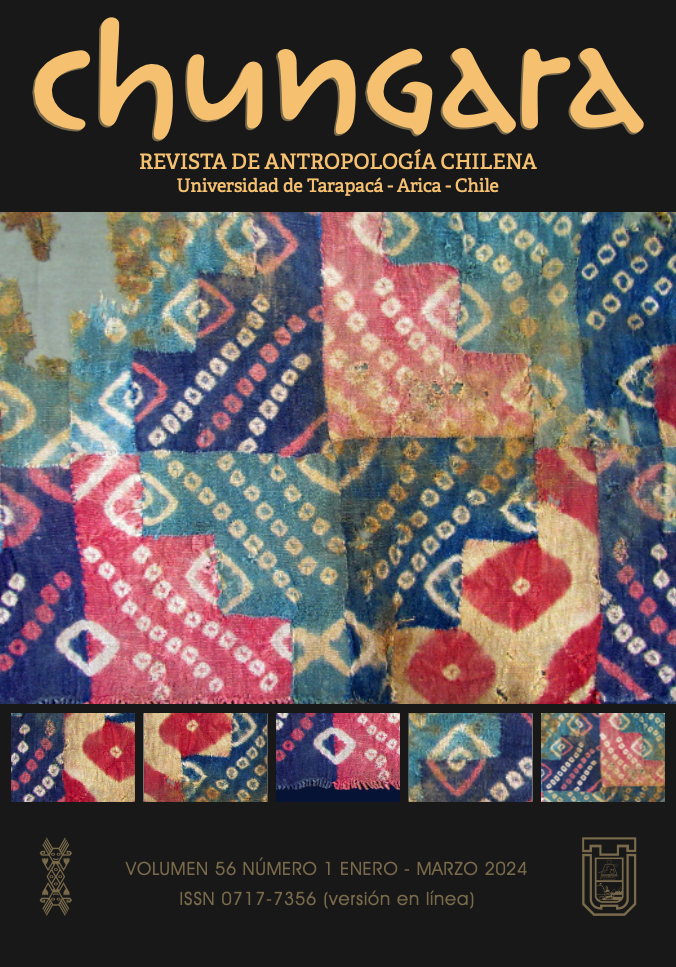OSTEOARTHROSIS IN HUNTER-GATHERERS OF CENTRAL-SOUTHERN PATAGONIA (SANTA CRUZ, ARGENTINA) DURING THE LATE HOLOCENE: AN APPROXIMATION TO THE ACTIVITY PATTERNS
OSTEOARTHROSIS IN HUNTER-GATHERERS OF CENTRAL-SOUTHERN PATAGONIA (SANTA CRUZ, ARGENTINA) DURING THE LATE HOLOCENE: AN APPROXIMATION TO THE ACTIVITY PATTERNS
Milena Constanza Morlesín y Solana García Guraieb
Osteoarthrosis (OA), a condition caused, among many other factors, by repeated physical activity, is the most commonly found pathological bone modification in human skeletal remains. Accordingly, it has been frequently studied from a bioarchaeological perspective, in order to identify the patterns of activity of populations that preceded us. This study aims to analyze the bone modifications in the spine and the appendicular joints of 14 adult individuals of both sexes from the Late Holocene found in the Salitroso Lake basin (Santa Cruz, Argentina). The objectives are (a) to evaluate the paleoepidemiology patterns and its relationship with other arthropathies (e.g. Schmorl’s nodes); and (b) to explore the connection between OA variation patterns and aspects such as sex and age. This information will contribute to the knowledge of human behavior regarding body use and performed activities within the context of the climatic shifts and organizational changes that affected this population during the late Holocene. The data reveal that, with few differences between sexes, all the individuals exhibit OA and that the prevalence of OA is higher in older individuals and in those whose chronology is between ca. 800 and 350 years BP.
Tags: Holoceno Tardío, artropatías, uso del cuerpo, Lago Salitroso, poblaciones patagónicas







